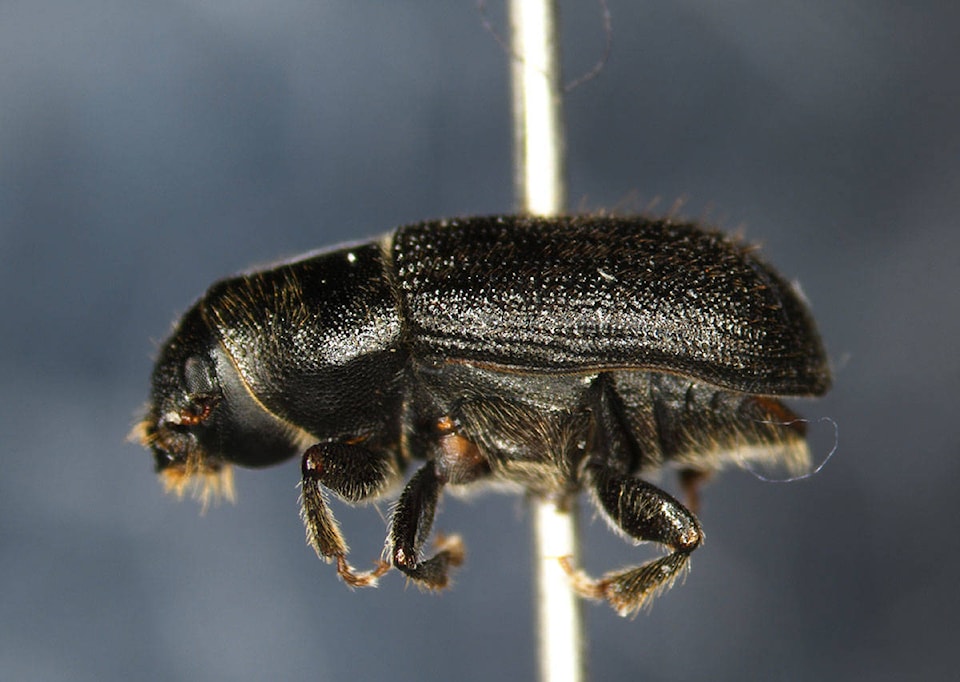It was cold during last week’s deep freeze in central Alberta, but not cold enough to take the mountain pine beetle out completely.
It would’ve had an impact on the pests, enough to set them back, said an Olds College horticulture instructor Ken Fry.
This means the cold killed off some beetles, but it didn’t eradicate them.
Before European settlers, there weren’t that many beetles to kill, and therefore, there weren’t that many beetles to rebound. But in the last, say, 150 years ago, the populations have been building and they’re “quite substantial,” Fry said Thursday.
“So say we have a cold spell, like the one we just had, and it lasts a week and it kills 98 per cent of the beetles, hypothetically speaking.
“If you have a million beetles, that’s still a lot of beetles left over. So you would have to kill 99.999 per cent. So the more animals that are there, the more severe the corrective measure has to be,” he said.
For elimination of the pests, the cold snap would have to be longer – a prolonged one of -30 C to -40 C to kill the high populations in the province.
“You would have to kill virtually all of them, because even if a few survive, they’re going to lay 100s eggs each. Not all those eggs are going to hatch, and reach adulthood, but you get the sense of scale we’re dealing with.”
Not only would the cold have to be severe for longer, but also timely to eradicate them.
The mountain pine beetle is particularly well prepared for winter, like many insects. The pest takes protective measures and produces sugars, alcohols and glycols, compounds that bind to water like anti-freeze. These compounds prevent water from forming ice crystals (similar to freezer burn), which protects the insects’ cells.
In the dead of winter, they have maximum production of these protective compounds.
“If we had a cold snap, the one we saw a week ago, if that happened in late October or in early March, it would have a much more devastating effect,” he explained.
Cold snaps have an impact on pests, such as aphids, but also on insects that are beneficial to the ecosystem, such as bees and wasps.
“That’s why it’s so unfortunate. When we think of pests, that’s only one per cent of species out there. Ninety-nine per cent of insects out there are beneficial, whether those are pollinators, predators, decomposers,” he said.
mamta.lulla@reddeeradvocate.com
Like us on Facebook and follow us on Twitter
